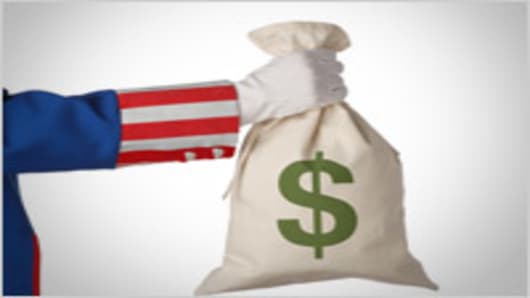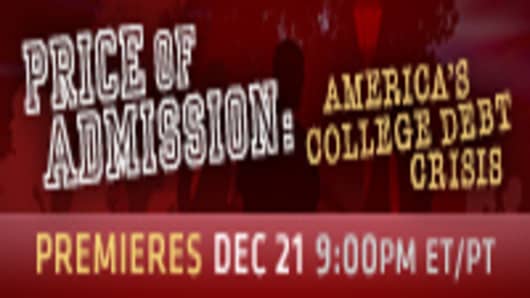“Private loans really aren’t a form of student aid. They’re a very risky and expensive source of credit,” Ansher says.
Like other student loans, private loans cannot be discharged in bankruptcy. Many have variable interest rates that can change with little warning, and some have even fewer consumer protections than government loans.
“They’re a much more dangerous way to pay for a college education than certainly grants, which you don’t have to pay back, or federal student loans, which have lots of options for how you can pay them back,” says Asher.
Among the fastest growing private lenders are for-profit colleges, many of which have set up their own lending arms or contracted with other private lenders to keep credit-strapped students from dropping out.
The private loans offered through the institutions typically carry variable, double-digit interest rates, as compared to a federal Stafford Loan , which contains a fixed rate of between 4.5 and 6.8 percent. Like many government loans, the private loans typically accrue interest while the student is in school, but some private loans do not allow the student to pay that interest until after graduation.
But not all private loans are created equal.
Sallie Mae, which has identified private lending as one of its main growth areas now that the government has taken over the function of originating loans, offers what it calls a “Smart Option Student Loan,” which carries an interest rate as low as 2.88 percent and allows students to lower their rates by paying interest while in school. The product also allows the loan to be forgiven in the event of the student’s death or permanent disability.
“We believe we are the only national lender to provide this protection,” Sallie Mae spokeswoman Martha Holler wrote in an e-mail to CNBC.





